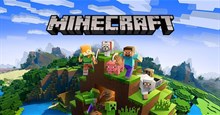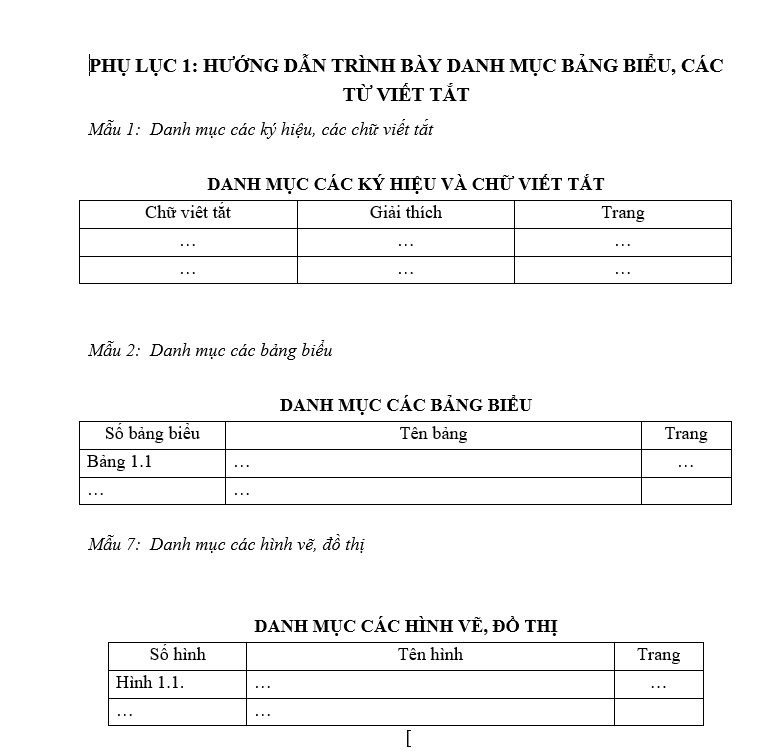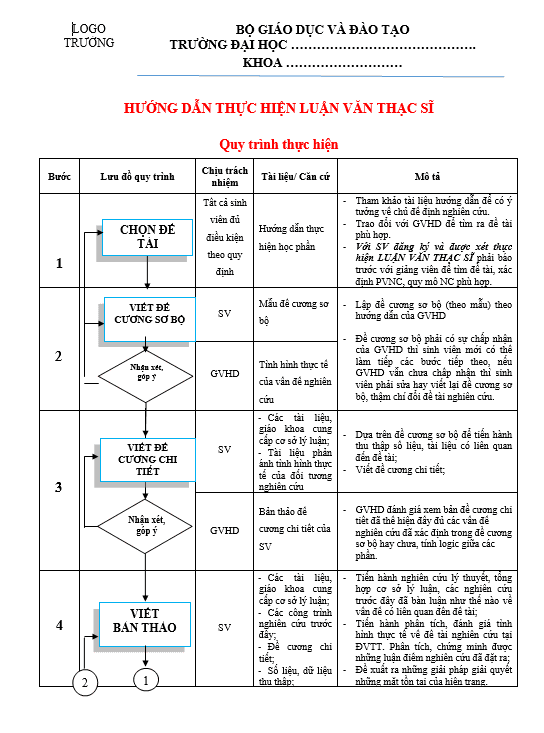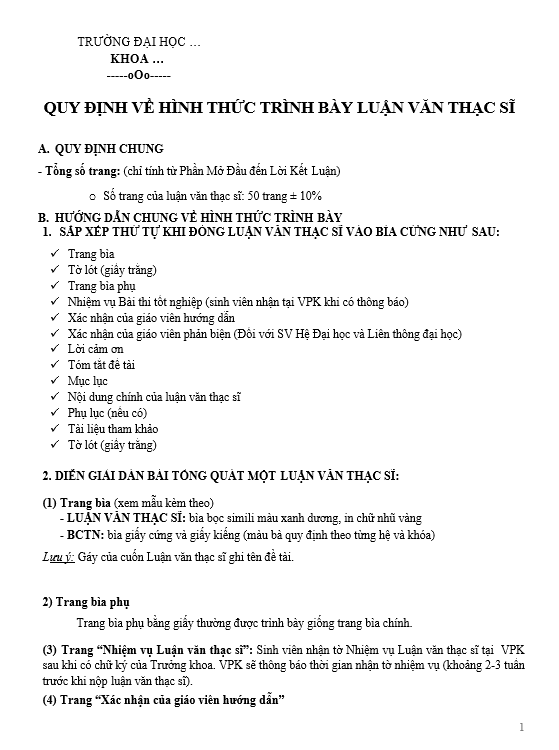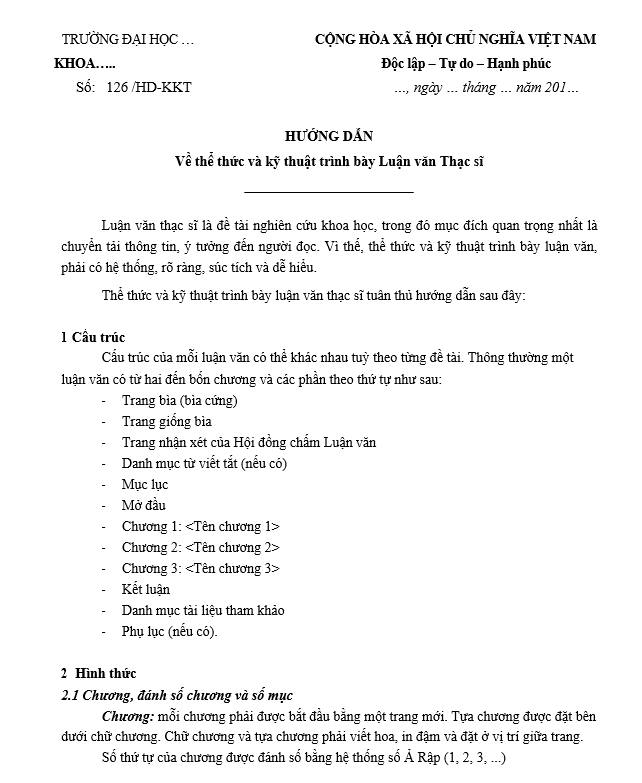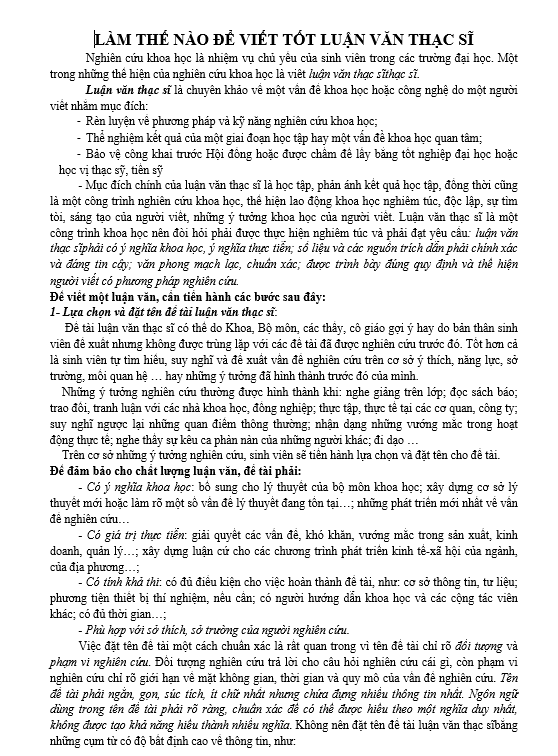Contents
List of Tables ………………………………………………………………………………………………………………….. 9
List of Figures …………………………………………………………………………………………………………………. 9
Chapter 1 ……………………………………………………………………………………………………………………… 10
1.1 Introduction ……………………………………………………………………………………………………………… 11
1.2 Why this research is important …………………………………………………………………………………… 13
1.3 Recipients of this research …………………………………………………………………………………………. 14
1.4 Scope of the research and limitations ………………………………………………………………………….. 14
1.5 Research structure …………………………………………………………………………………………………….. 15
Chapter 2 ………………………………………………………………………………………………………………………. 16
2.1 International free trade versus protectionism ………………………………………………………………… 17
2.1.1 International free trade and trade liberalization ………………………………………………………….. 17
2.1.2 The political role of trade organisations and policies (GATT-WTO) ……………………………. 21
2.1.3Infant industry argument ………………………………………………………………………………………….. 23
2.2 Types of Protectionism ……………………………………………………………………………………………… 24
2.2.1 Tariffs …………………………………………………………………………………………………………………… 24
2.2.2 Import Quota …………………………………………………………………………………………………………. 24
2.2.3 Anti-Dumping Laws ………………………………………………………………………………………………. 25
2.2.4 Subsidies ………………………………………………………………………………………………………………. 26
2.2.5 Embargo ……………………………………………………………………………………………………………….. 27
2.2.6 Voluntary Export Restraints (VER) ………………………………………………………………………….. 27
2.2.7 Export subsidy ………………………………………………………………………………………………………. 27
2.3 Protectionism after World economic crisis (After 2008) ………………………………………………… 28
2.4 Libyan Poultry Meat Sector ……………………………………………………………………………………….. 30
2.4.1 Poultry business overview ………………………………………………………………………………………. 30
2.4.2 Poultry industry in Libya ………………………………………………………………………………………… 31
2.4.3 Information about Libyan current situation ……………………………………………………………….. 36
Chapter 3 ………………………………………………………………………………………………………………………. 37
3.1. Proposed methodology ……………………………………………………………………………………………… 38
3.1.1 The research questions ……………………………………………………………………………………………. 38
3.2 Research Onion ………………………………………………………………………………………………………… 41
7
3.2.1 Research philosophy ………………………………………………………………………………………………. 41
3.2.2. Research approach ………………………………………………………………………………………………… 43
3.2.3 Research strategy …………………………………………………………………………………………………… 45
3.2.4 Research choice …………………………………………………………………………………………………….. 46
3.2.5 Time horizon …………………………………………………………………………………………………………. 47
3.2.6 Research technique and procedure ……………………………………………………………………………. 48
3.3 Ethics ………………………………………………………………………………………………………………………. 48
3.4 Rationale of some interview questions ………………………………………………………………………… 49
Chapter 4 ………………………………………………………………………………………………………………………. 51
4.1 Introduction ……………………………………………………………………………………………………………… 52
4.2 Sampling …………………………………………………………………………………………………………………. 53
4.3 The credibility of interview findings (Reliability and Validity) ………………………………………. 53
4.4 Findings …………………………………………………………………………………………………………………… 54
4.3.1 Determining the main causes of the current crisis in the Libyan poultry sector ………………. 54
4.3.1.1 Producer findings ………………………………………………………………………………………………… 54
4.3.1.2 Policymaker findings …………………………………………………………………………………………… 57
4.3.2 The seen and unseen damages resulting from opening the borders and allowing imports … 57
4.3.2.1 Producer findings ………………………………………………………………………………………………… 58
4.3.2 Reasons and causes of the inability to compete with imported product …………………………. 58
4.3.3.1 Producer findings ………………………………………………………………………………………………… 58
4.3.3.2 Policymaker findings …………………………………………………………………………………………… 59
4.3.4 How to address the crisis ………………………………………………………………………………………… 60
4.3.4.1 Producer findings ………………………………………………………………………………………………… 60
4.3.4.2 Policymaker findings …………………………………………………………………………………………… 61
4.3.5 The steps that have been taken …………………………………………………………………………………. 62
4.3.5.1 Producer findings ………………………………………………………………………………………………… 62
4.3.5.2 Policymaker findings …………………………………………………………………………………………… 62
4.3.6 In favor of protectionism or against it with justifications …………………………………………….. 63
4.3.6.1 Producer findings ………………………………………………………………………………………………… 63
4.3.6.2 Policymaker findings …………………………………………………………………………………………… 64
4.4 Discussion ……………………………………………………………………………………………………………….. 65
8
4.4.1Should Libyan trade policy be free trade or protectionist? ……………………………………………. 65
4.4.2 How can the Libyan authorities cope with unfair competition in the local market, and how
can they prevent its future occurrence? …………………………………………………………………………….. 65
4.4.3 Do the Libyan authorities prioritise free trade concepts or protectionism, and why? ………. 66
4.4.4 What is the impact of unfair competition on Libyan poultry farmers? …………………………… 66
Chapter 5 ………………………………………………………………………………………………………………………. 67
5.1 Introduction ……………………………………………………………………………………………………………… 68
5.2 Findings and conclusions …………………………………………………………………………………………… 68
5.3 Recommendation ……………………………………………………………………………………………………… 70
5.4 Suggestions for Further Researches …………………………………………………………………………….. 71
Chapter 6 ………………………………………………………………………………………………………………………. 73
6.1 Kolb’s learning model ……………………………………………………………………………………………….. 74
6.2 Honey and Mumford (LSQ) ……………………………………………………………………………………….. 76
6.3 MBA experience ………………………………………………………………………………………………………. 78
6.4 Time management …………………………………………………………………………………………………….. 79
6.5 Interpersonal skills improvement ………………………………………………………………………………… 79
APPENDIX 1 ………………………………………………………………………………………………………………… 89
APPENDIX 2 ………………………………………………………………………………………………………………… 91
Appendix 3 ……………………………………………………………………………………………………………………. 94
APPENDIX 4 ………………………………………………………………………………………………………………… 99
Interview #1 ………………………………………………………………………………………………………………….. 99
APPENDIX 5 ………………………………………………………………………………………………………………. 105
Interview #2 ………………………………………………………………………………………………………………… 105
APPENDIX 6 ………………………………………………………………………………………………………………. 109
Interview #4 ………………………………………………………………………………………………………………… 109
APPENDIX 7 ………………………………………………………………………………………………………………. 113
Interview #3 ………………………………………………………………………………………………………………… 113
APPENDIX 8 ………………………………………………………………………………………………………………. 124
Interview #5 ………………………………………………………………………………………………………………… 124






